The truth is that in this house with its four walls of glass I feel … always on alert. I am always restless. Even in the evening. I feel like a sentinel on guard day and night. I can rarely stretch out and relax …
Edith Farnsworth, quoted on panel at Farnsworth House
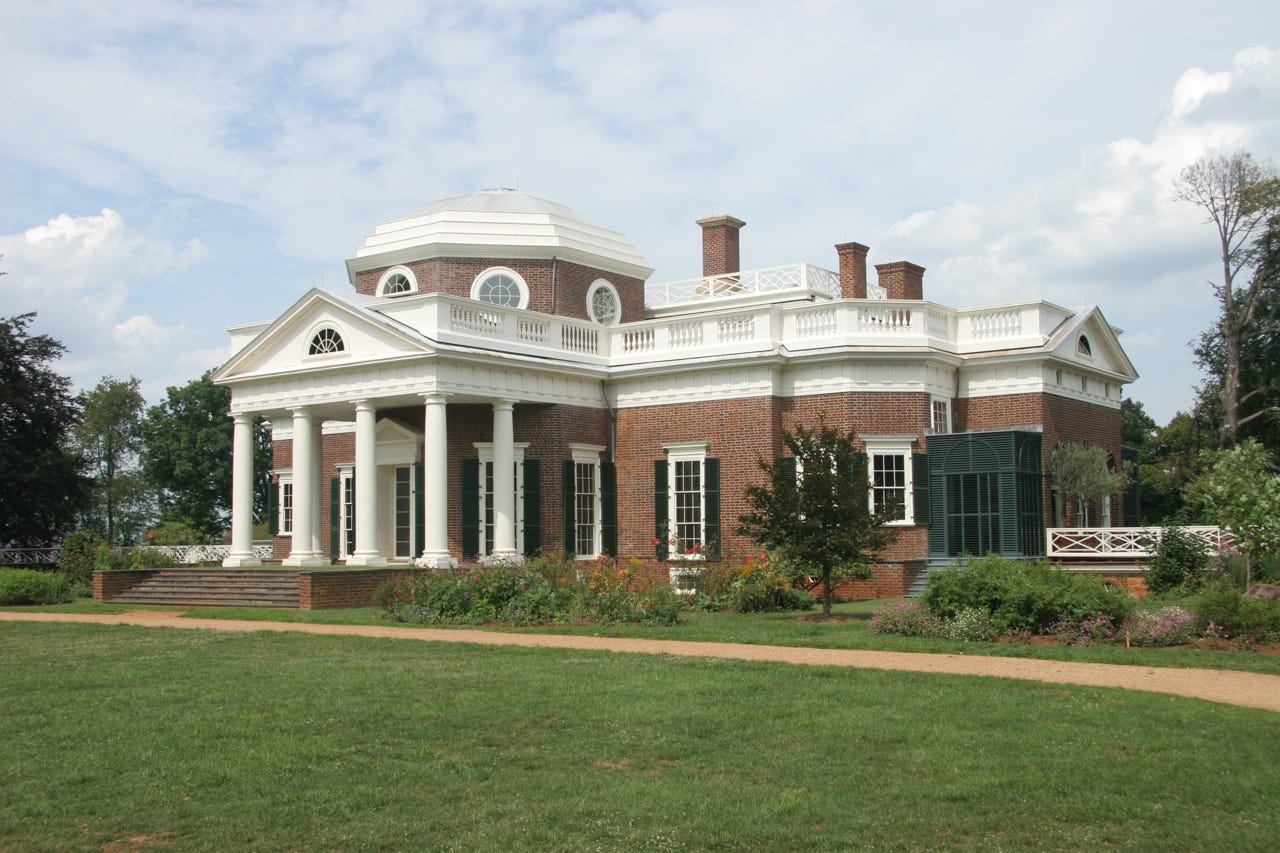
[Sally] Hemings’ living quarters was adjacent to Jefferson’s bedroom but she remains something of an enigma: there are only four known descriptions of her. Enslaved blacksmith Isaac Granger Jefferson recalled that Hemings was “mighty near white … very handsome, long straight hair down her back.”
Her room—14 feet, 8 inches wide and 13 feet long—went unnoticed for decades. The space was converted into a men’s bathroom in 1941, considered by some as the final insult to Hemings’ legacy.
Michael Cottman, “Historians Uncover Slave Quarters of Sally Hemings at Thomas Jefferson’s Monticello”
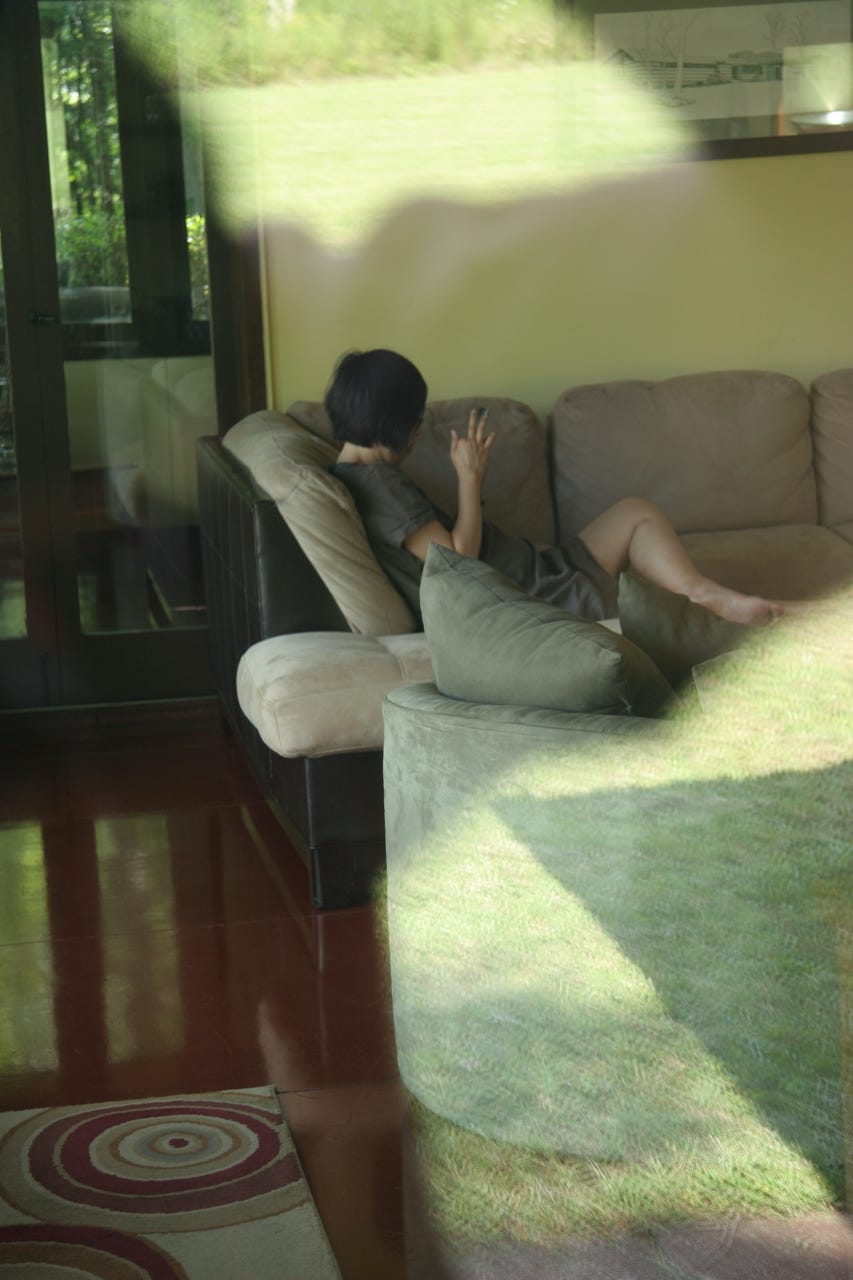
Upon entering the Blum house you step on the familiar “Cherokee Red” concrete floors, taken from Mr. Wright’s Usonian House concept. You will experience a compress and release as you enter the Living Space and gaze through the wall of glass to the meadow and view of the Chestnut Ridge Mountains in the distance.
“The Blum House,” Polymath Park website
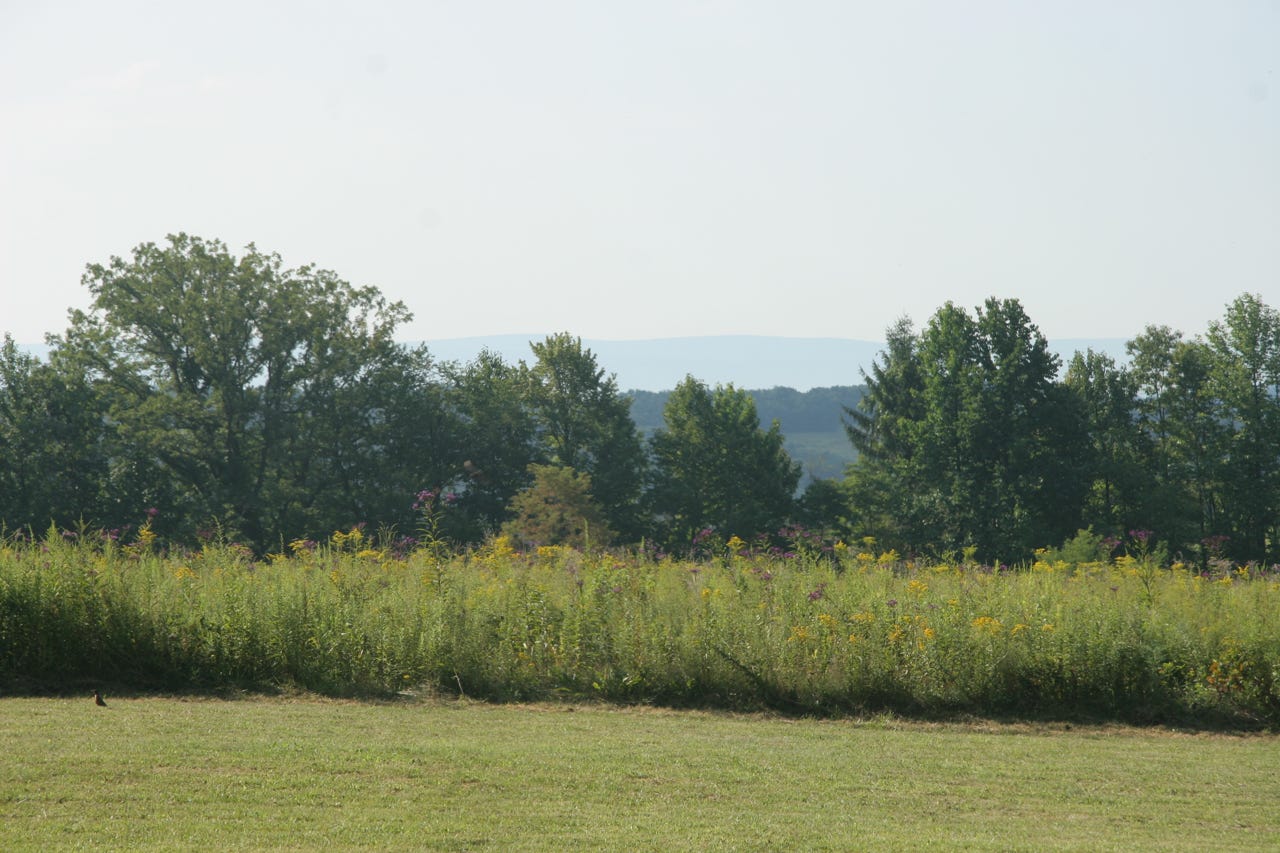
Here you can sit, from sunrise to sunset, watching the light and shadow change on the horizon—on the hills, meadow, and clearing. The window, according to the symbolists, is also the mirror, and the French glace, transmitting, reflecting, “flowing and freezing,” a polysemic sign that draws together water, birth, life, and even death. The window locks us into the view, captures our being but also reconstitutes it.
Yoke-Sum Wong, “Edith doesn’t live here anymore: a story of Farnsworth House”
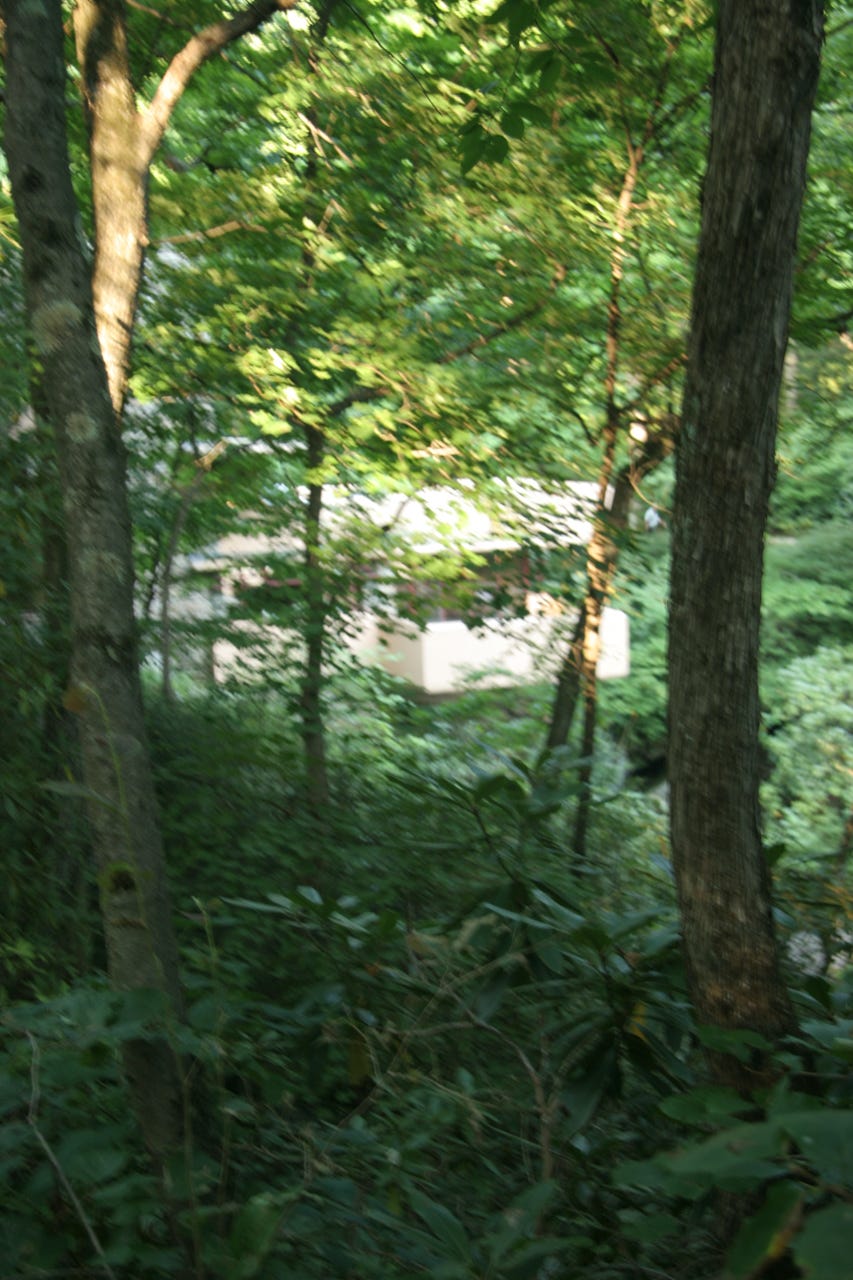
When I teach certain kinds of intros to American art, I basically teach it as an intro to African American art. I always start with a lecture about the Middle Passage, turning upside down this idea that the making of the modern world is anything other than anti-Black at its core … Suddenly, Surrealism doesn’t become something that’s so psychedelic or about a flight of fancy. It becomes shaped by the horror of the transatlantic slave trade: “If that is what constitutes the real, then fuck.”
Sampada Aranke in “Let’s Ride”
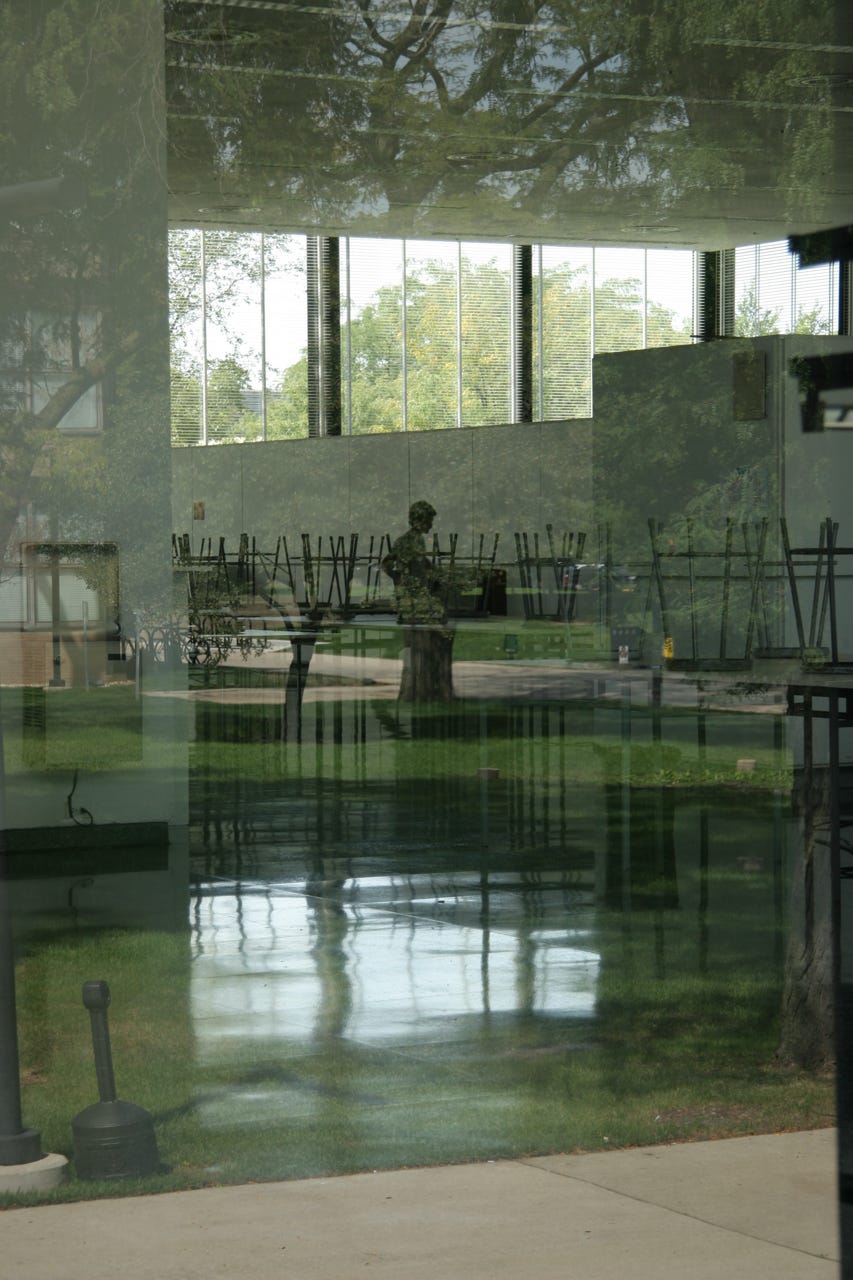
And today, Hemings’ room is being restored for eventual public viewing. Monticello’s curators are working diligently to incorporate Hemings’ life as part of Jefferson’s comprehensive story, which counters old newspaper accounts citing Hemings as Jefferson’s “concubine.”
Gayle Jessup White, Monticello’s Community Engagement Officer, is a descendant of the Hemings and Jefferson families and an integral part of Monticello’s African American legacy: Sally Hemings was White’s great-great-great-great aunt.
Cottman, “Historians Uncover Slave Quarters of Sally Hemings”
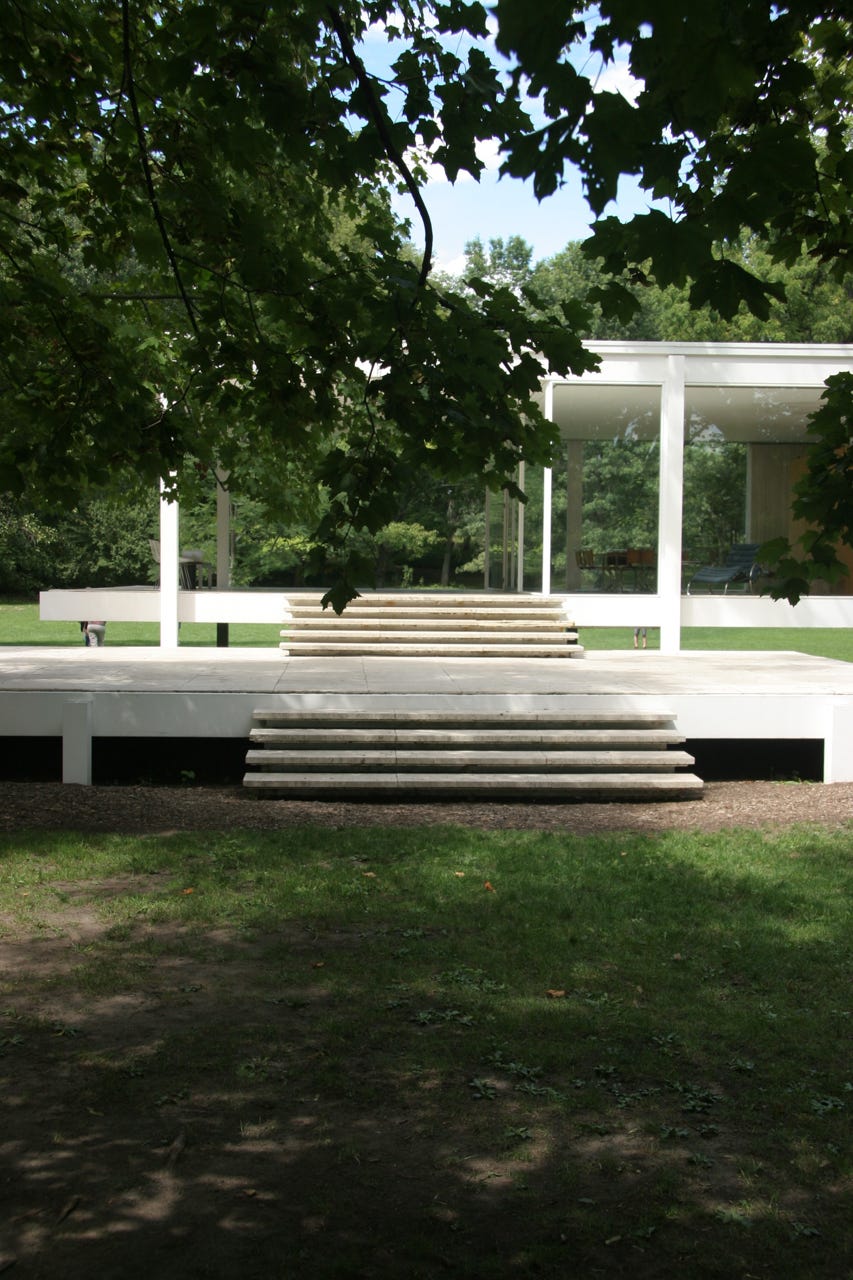
Thousands and thousands of black-shirted citizens amass in front of the Casa del Fascio waiting for the voice of the leader to announce the advent of the Empire to Italians and foreigners … We had to annul every break in continuity between the internal and the external … no obstruction, no barrier, no obstacle between political leaders and the people … “Fascism is a house of glass,” declares Il Duce, and the metaphoric meaning of the phrase reveals and exemplifies the building’s characteristic organic unity, clarity, and honesty.
Giuseppe Terragni, “Building the Casa del fascio in Como”
commentary
I have stolen the title of this essay from Stephen Shore’s record of his 1973 journey across America. Our own 2012 road trip led from Washington D.C. to Chicago, with a detour to Charlottesville, VA to take in Thomas Jefferson’s Monticello. The order of the images follows our itinerary.
The aim of the trip was to see some highlights of modern(ist) architecture firsthand, including Frank Lloyd Wright’s Fallingwater and other houses by Wright and his pupils in rural Pennsylvania; and Mies van der Rohe’s North Lake Shore apartments, S. R. Crown Hall, and other buildings in Chicago and Farnsworth House in Plano, Illinois.
The Blum House in Polymath Park was designed by Peter Berndtson in 1963. Mecca Flats, which was built as a hotel for the 1892 World Columbian Exposition and later converted into an apartment block that was home for mostly black middle-class families, was demolished to make way for Crown Hall in 1951.
At back of my mind through the trip was a heated argument that broke out at Monticello when a couple of white Americans refused to accept that the author of the Declaration of Independence could possibly have been the father of Sally Hemings’s children. They seemed less troubled by the fact that Jefferson was an enslaver and a rapist than the idea that he could have engaged in “miscegenation” with a Black woman.
Giuseppe Terragni (12.6) was speaking of the fascist headquarters he designed for Como in 1936.
So many Americas are interwoven in these architectures—and so many modernities.
Leave a comment